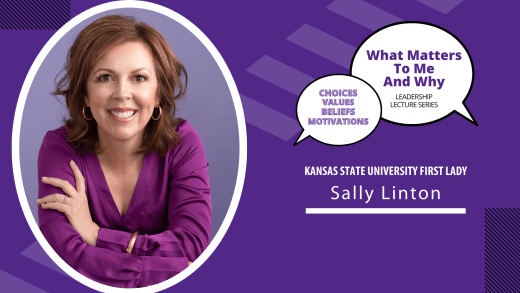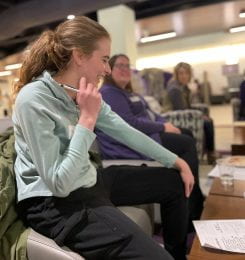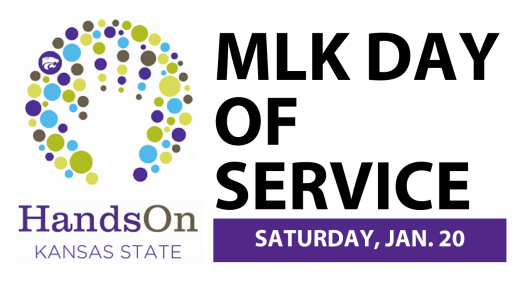As Kansas State University puts forward its strategic plan with emphasis on applied learning, how can our faculty prepare to engage with community and create stronger, efficient, mutually-beneficial relationships that enhance the student experience and fulfill a community need? One way is through service-learning.
In spring 2023, the Staley School of Leadership welcomed Lori Kniffin, former K-State instructor, to campus for a guest lecture on engaged learning experiences. We asked Lori to create a blog series to share more about key components and examples of service-learning. This is the fifth installment of a blog series: What is service-learning? where she and Robert G. Bringle reflect on educational outcomes of service-learning.
Why invest in service-learning?
There are many methods to teaching, and K-State is no stranger to the use of laboratories as a pedagogy. Laboratories require additional space—we all know that space is scarce and expensive; it requires additional teaching commitments of faculty; it raises issues about faculty teaching loads; it requires support staff like laboratory assistants and technicians; it requires continuing expenses for equipment and supplies; and, as if that weren’t scary enough, it raises serious issues about safety, toxins, poisons, pollution, and the ethical treatment of animals.
Why does an institution like K-State make that kind of investment in laboratories? We all are familiar with laboratories, we have been students in laboratory courses, and they are deeply ingrained in the academic culture. However, let’s think about why we have laboratories, with all of their expenses, resources, and issues? If you were asked to defend the presence of laboratories in the academy, how would you do that? Let me suggest that the answer might include the assertion that laboratories deliver certain types of educational outcomes that cannot be achieved through traditional teaching methods (e.g., lectures), and that is the reason that universities invest in and support laboratories.
By analogy, is there a similar case to be made for the newer pedagogy of service-learning? That is, is it possible that service-learning is becoming more and more prevalent in higher education around the world because it is a pedagogy that delivers certain types of educational outcomes that cannot be achieved through traditional teaching methods? Let me suggest to you that, like laboratories, service-learning is the best way, if not the only way, to achieve certain educational outcomes; and, there is accumulating evidence that service-learning courses are the best way to achieve those outcomes. Continue reading “Why invest in service-learning?” →


 Are you looking for a way to meet and connect with other K-Staters? Do you want to help build our K-State community? If so, sign up for
Are you looking for a way to meet and connect with other K-Staters? Do you want to help build our K-State community? If so, sign up for  All members of the Manhattan and Kansas State University communities are invited to participate in the 2024 MLK Day of Service. Participants will serve at one of several locations across Manhattan, Kansas, on Saturday, Jan. 20, from 8 a.m. to noon.
All members of the Manhattan and Kansas State University communities are invited to participate in the 2024 MLK Day of Service. Participants will serve at one of several locations across Manhattan, Kansas, on Saturday, Jan. 20, from 8 a.m. to noon.